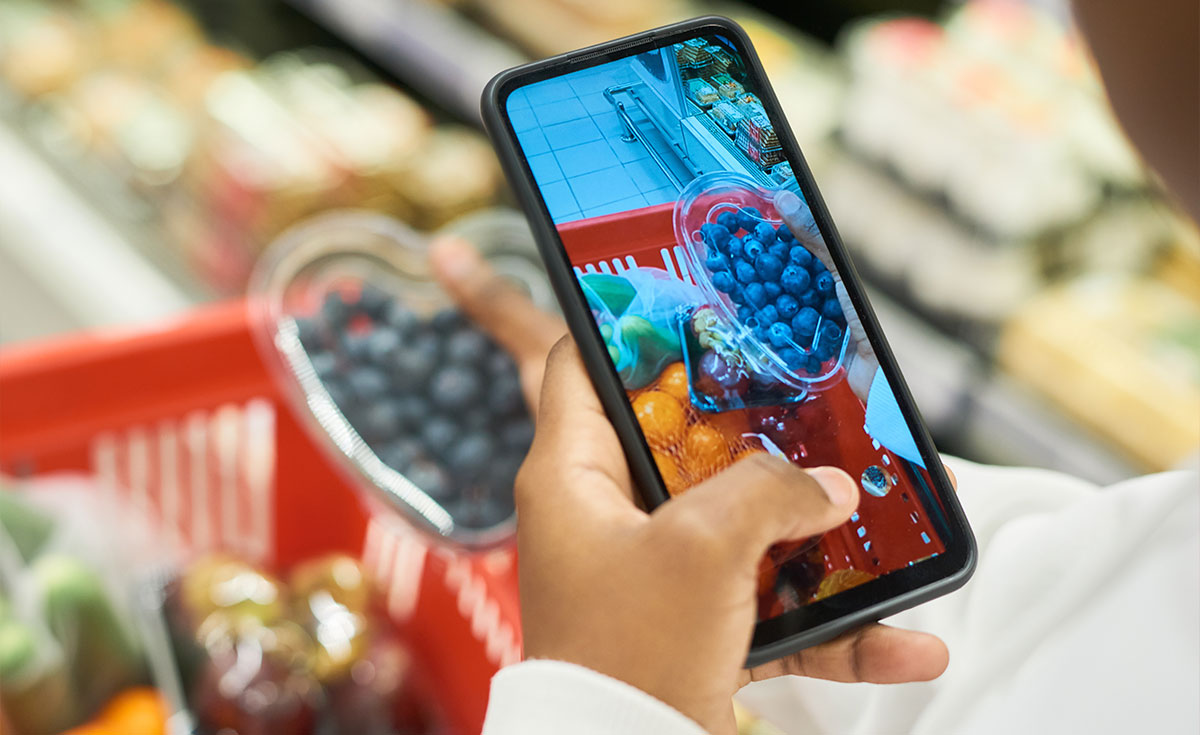By: Leslie G. Sarasin, FMI President and CEO
This is the first of five posts on The World is not a Stage, It’s a Supermarket, overviewing findings from U.S. Grocery Shopper Trends 2014.
There has been much ink spilled recently about the disappearance of the middle class. Recent decades have seen the income of the middle 60 percent of our population drop from a 53 percent share of the national pie in 1970, to 45 percent in 2012. And the past 20 years have seen the split between the share of personal consumption expenditures between the top 20 percent of earners and the bottom 80 percent of earners go from a 53/47 split to a 61 to 39 percent division.
With the decline of income, diminishing economic clout, loss of jobs, demographic shifts in birth rates, and recessionary downgrading of jobs, the middle class is shrinking. While economists cringe at this statement, it is telling that more than 60 percent of the U.S. citizens say it still feels that we are in a recession.
This effect is surfacing in supermarkets as well.
For years, there was a strong case for food retailers to maintain a mid-market strategy. Cater to the middle – don’t get too high end and offer good value. However, it is a different day, today.
Increasingly, in the diversification of shoppers, American consumers are choosing to go either up or down. Some are selecting up-scale markets that specialize; others are opting to shop at more value-driven stores that cater to those for whom economizing is the leading incentive. These value shoppers may like mid-market stores better, they may even rate them substantially higher than where they feel they must shop, but in the end they determine they simply can’t afford to shop mid-market.
Mid-market stores have, at best, experienced moderate growth and in almost half the cases, recorded a loss. The story is quite different on the high and low ends of the spectrum. Most up-scale markets and value-driven markets have recorded strong revenue growth—with half in the double digit range.
As the shrinking of the middle class translates into a shrinking of the middle market, more and more food retailers will need to shift to find their niches.
Download a copy of the study by visiting www.fmi.org/store. FMI Connect attendees can use the code found in the app and on-site directory.


 Industry Topics address your specific area of expertise with resources, reports, events and more.
Industry Topics address your specific area of expertise with resources, reports, events and more.
 Our Research covers consumer behavior and retail operation benchmarks so you can make informed business decisions.
Our Research covers consumer behavior and retail operation benchmarks so you can make informed business decisions.
 Events and Education including online and in-person help you advance your food retail career.
Events and Education including online and in-person help you advance your food retail career.
 Food Safety training, resources and guidance that help you create a company food safety culture.
Food Safety training, resources and guidance that help you create a company food safety culture.
 Government Affairs work — federal and state — on the latest food industry policy, regulatory and legislative issues.
Government Affairs work — federal and state — on the latest food industry policy, regulatory and legislative issues.
 Get Involved. From industry awards to newsletters and committees, these resources help you take advantage of your membership.
Get Involved. From industry awards to newsletters and committees, these resources help you take advantage of your membership.
 Best practices, guidance documents, infographics, signage and more for the food industry on the COVID-19 pandemic.
Best practices, guidance documents, infographics, signage and more for the food industry on the COVID-19 pandemic.
